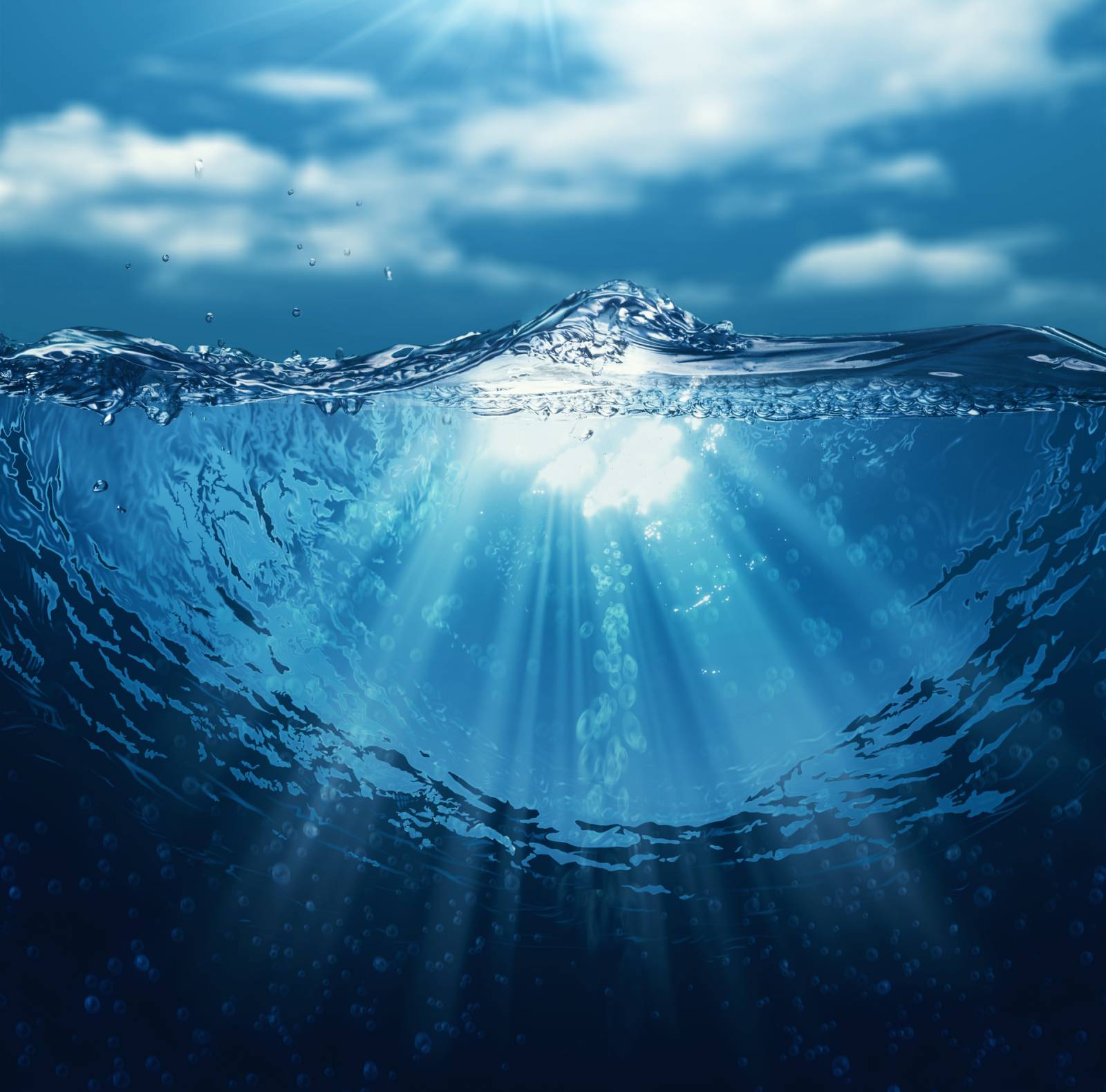In this blog post, I want to look at the distinctive properties that water holds itself. In doing this,I want to establish the scientific properties that are found which I can relate and compare to spiritual properties pf water based on my observations with a viewpoint from someone who is also trying to translate his faith in his work by finding not just the beauty, but also the dynamics of why change in nature occurs which from a creationist point of view, is all linked back to the book of Genesis. Therefore in this post, I also hope to contrast this by providing factual information on water properties, but also to give you the viewer a viewpoint on the alternative side of water. Within my images of water, I have wanted to include elements that relate to both the scientific but also the spiritual depths of the realms of this world which include close up elements, showing how they function. Then by comparison, I have taken a wider spread, zoomed out landscape to show and explore how these elements make up the whole environment as one which allows us to compare each elements role within the natural cycle of life. This relates to evolution because it explores how the process of change occurs whereas from a spiritual/creationist point of view, these underwater images are also a clear demonstration that by observing the beauty, magnificence, awe and wonder that is surrounded engulfs nature, this could mean that change in nature occurs because the Earth is going somewhere, somewhere similar to where its been before which could be why evolution occurs – linking both theories together.
Water is a transparent, tasteless, odorless, and nearly colorless chemical substance is crucial in providing and ensuring life on earth through survival. It is interesting how scientific properties of water provide life which in itself is hard to be scientifically defined as life is arguably something on the border of the spiritual realms. This is backed up by the fact that all life has water contained in their biological cells which allows for chemical reactions to take place, that are part of the processes for change within nature. These chemical reactions include within animal bodies of metabolism and anabolism, catabolism – all processes that break down, distribute and regulate the amount of molecules and acids within the body as one. This here is the argument for creationism that every individual element is so well coordinated that the creator is still in action to this moment. Water is also essential for the photosynthesis and respiration to occur – where the sun’s energy combined with the water allows for plant life to multiply. Therefore it appears that all the chemical elements (representing the how) are all working towards a common place (representing the why). Although we don’t the specific reasons for why, by examining the beauty and power of nature, can we understand that we are not an accident but have our purpose to be spiritually connected and in tune with nature and if we do that, we can also have greater involvement for the process for change in nature for the better.

The sea’s force is overwhelmingly powerful, how is it that chemical bonds all acting in coordination, can be so lethal? I believe that many humans are unaware of the power and dynamism of the sea. As it is one of the most powerful forces in the world, the sea plays a great role in the process of change within the natural environment on this Earth – breeding and also ending lives. Floods and Tsunamis have killed countless lives throughout the history of mankind. The randomness and chaos that evolves around free moving particles are very interesting as despite the idea that all particles are coordinated, there are arguments that the randomness of the seas reflect how evolution itself is the why in which change occurs and that is that. The sheer range from sharp, crystal whites to plunging dark depths of the deep sea, I have also tried to include in my work as well which highlight the endless power of the sea. However also in doing this I wanted to show the importance of the sea as well, symbolizing as humans are increasingly reliant on it, the rules of the sea will always dictate and influence the way nature occurs whether that is by spiritual reasons or by accident.



For centuries humans have held suspicions of what the sea actually accommodates in terms of myths, exploring the facts vs the fiction. 71% of the Earth’s surface is made up of water, allowing for unknown life to exist. This is important to recognize and note within my project because the spiritual realm doesn’t have boundaries, and as nature is so well connected with the spiritual forces dictating how change occurs, this reflects not only the endless power of nature, but also most importantly how we will never know the reasons for change and thus shall never be able to fully as humans influence nature as much as spiritualism does. This sense of mystery and the unknown is strongly linked to the title “Freedoms and Limitations” because we don’t know the depths of spirituality, but we do know its power and intervention within nature. Likewise we know how change occurs, but contrastingly we don’t know what the purpose for change to occur is in the end.


















